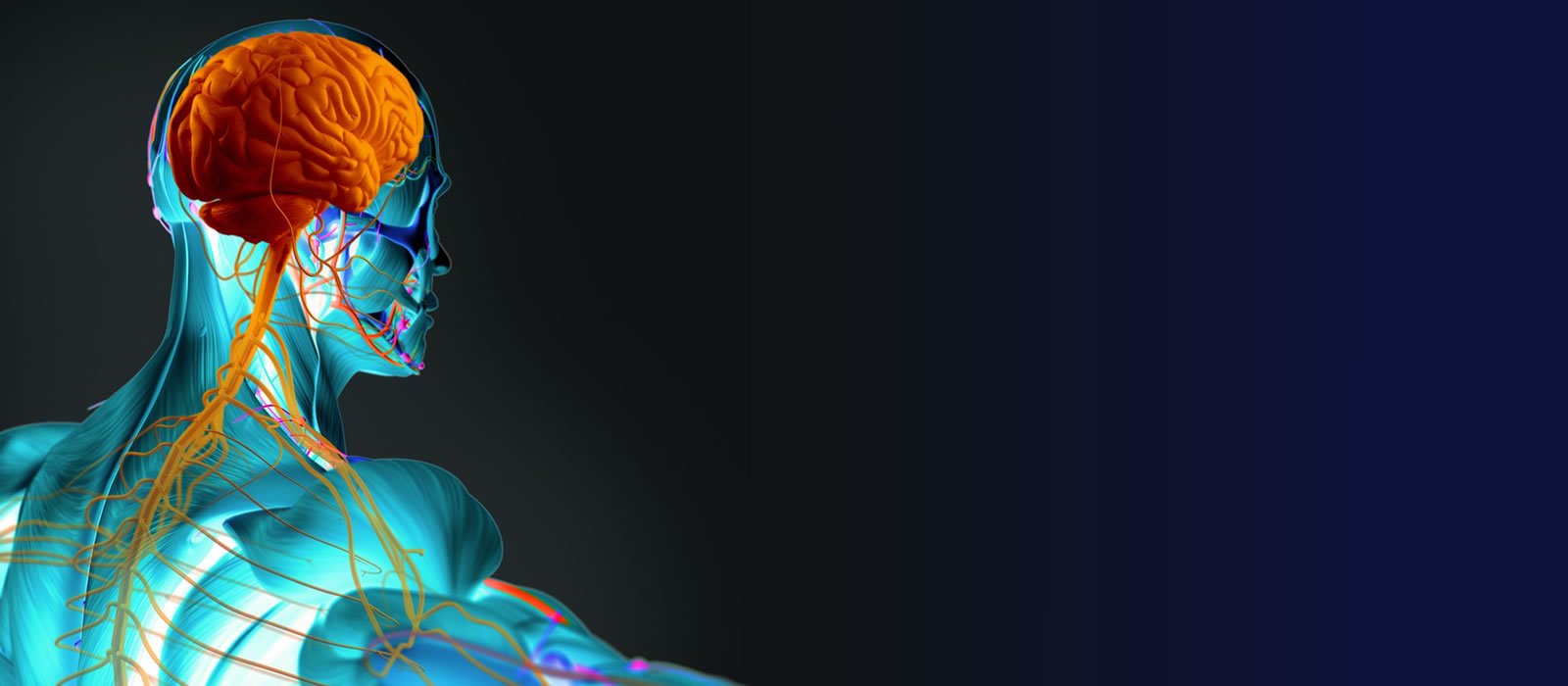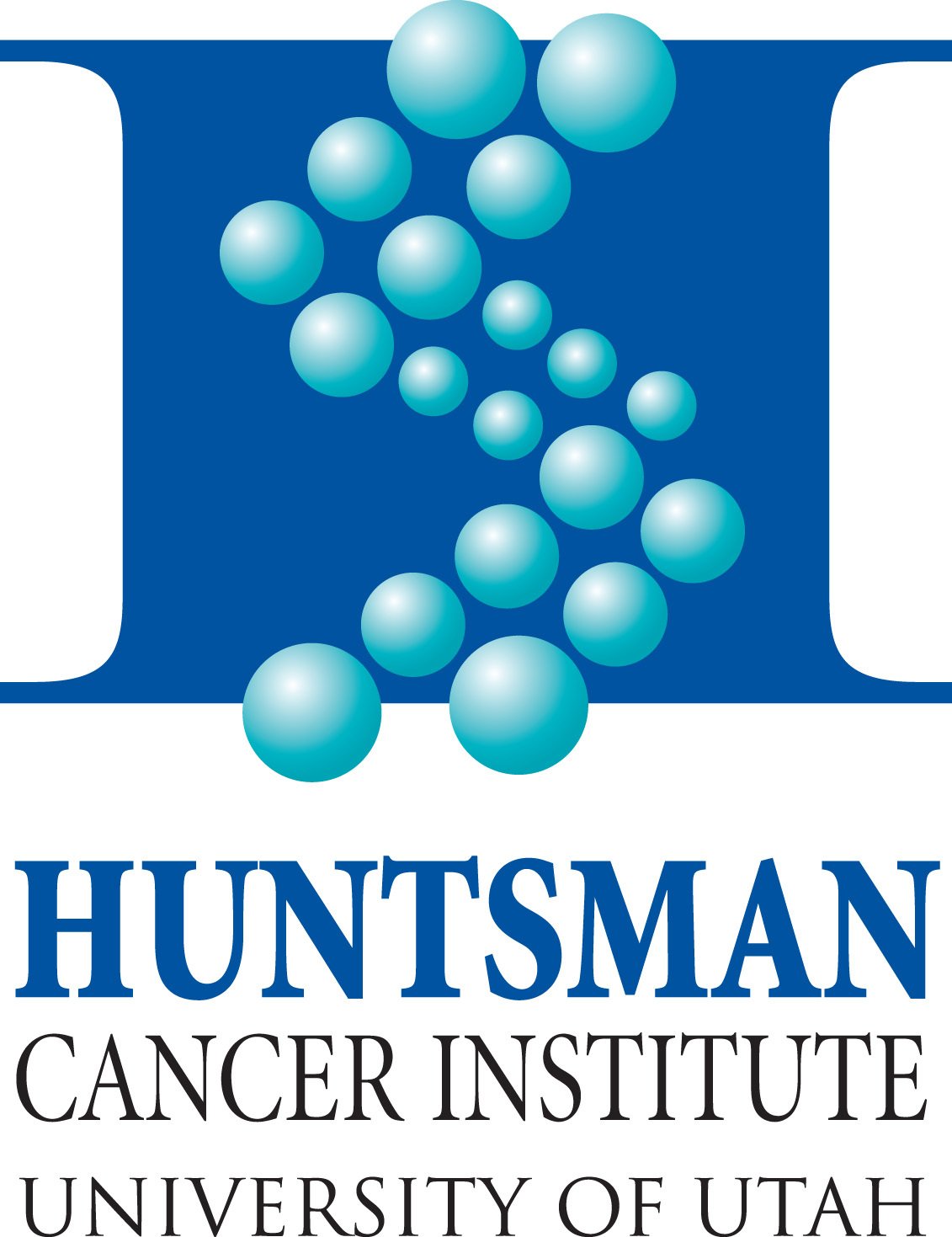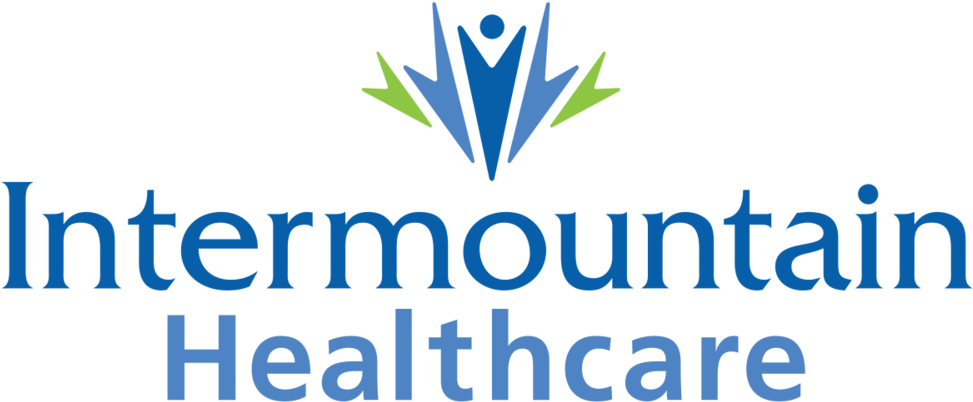
Introducing the most extraordinary behavioral A.I. platform ever made.
HUMAN. DATA. SCIENCE.
Storyline is to neuroscience and behavior what genome sequencing is to genetics.
Every cell, organ, and system of the body is innervated – continuously streaming data to the central nervous system and brain where it’s processed and then expressed as both consciously and unconsciously as behavior in order to maintain homeostasis.
Until now, there’s been no effective, trusted way to capture, understand, and use the infinitely variable, individual, and complex data available in human behavior. Storyline captures behavioral data with previously unimaginable scale and clarity – extracting thousands of unique measurements and features from video, audio, and natural language every second. Then we analyze that data to find and uncover patterns and inconsistencies that are imperceptible to humans. Now, researchers have the superhuman data resolution to understand and use richest, most useful and predictive information of health, disease, and future outcomes; behavior.
500 million years of evolution has built the ultimate solution for precision medicine – the human nervous system.
Human.
Easily capture behavioral data at massive scale from patients in your waiting room, or people around the world. Storyline is easy to use for everyone – even the most challenging patients or difficult environments like Alzheimer's patients, jail inmates, and homeless people on the street.
We’re built for real people. We understand that every interaction is a life that deserves to be treated with dignity and respect. More >
Data.
Storytime secures, extracts, and organizes >30k behavioral features from video, audio, and natural language into StoryARC, StoryTIME, ScreenPLAY, and POEM files, then integrates other data sources like EHR records, “omics”, genomics, wearables, or any other data source.
Our StoryARC, StoryTIME, ScreenPLAY, and POEM files make it easy to use your familiar tools to work with and use behavioral data immediately. More >
Science.
Behavioral science has been terra incognita – consigned to consensus and opinions.
With entirely novel data and virtually unlimited resolution, Storyline shifts behavior into hard, objective science. Now, we can discover and link behavioral biomarkers and phenotypes to underlying biology – opening up entirely new areas for scientific discovery and charting the path to low-cost, precision care for everyone.
1,000,000x more data. 1% of the cost. You do the math.
People are more variable, individual, and complex than forms, surveys, and medical records. These tools were created 100 years ago and haven’t changed since. They’re just static records. Moving them online doesn’t change the data.
From every 5 minutes of video, Storyline captures 1 million times the data that’s in a typical patient’s medical records and overlays it with other data sources like patient records (they’re still good for this), genome data and outcomes. Finally, you have the data resolution needed to discover new biomarkers and predictive models for research and clinical use.
Works inside the lab. And outside, too.
Research has problems; it’s too slow and expensive, much of it is redundant, the “n” is too small, and the results can’t be reproduced.
Storyline works everywhere – in the lab, hospital, clinic, jail, homeless center, and outside in the real world. And it’s already working for everyone, from cancer patients in chemotherapy, to Alzheimer’s patients at home, to new arrestees in jails and prisons. It's designed from it's core to be easy-to-use and bedrock-stable, even when deployed across the largest systems with dozens of locations and thousands (or millions) of patients. But it's flexible, so it adapts to every odd use case and complicated one-off work flow.
Entirely new worlds for discovery.
There are 7 million papers published every year (3,500 every day), most of which never get off the ground.
With Storyline, you can capture and use data that has never existed before. It’s entirely novel, untrammeled territory where you’re able to chart your own scientific course, separate yourself from everyone still using old school tools and publishing me-too papers, and make an impact. Storyline opens up new worlds of opportunity and discovery.
A scientific flywheel.
Supposedly, it takes 17 years for basic research discoveries to make it into clinical use. We think that’s too long.
Storyline unifies both clinicians and researchers on the same platform, using the same tools . That means that knowledge and discoveries can flow easily through the ecosystem, shortening learning cycles and removing all of the translational steps to move from research to clinical use. New discoveries can be in clinical use almost immediately.
Storyline is to neuroscience and behavior
what genome sequencing is to genetics.
Behavioral A.I. software built for hard science.
Human. Data. Science.
There’s a reason you see a doctor – the clinical interview.
The clinical interview is the primary source of information every provider uses to evaluate a patient, because behavior, sentiment, and expression is the richest, most predictive data. Simple.
Until now, there’s been no effective, trusted way to capture, understand, and scientifically measure the infinitely variable, individual, and complex data available in human behavior.
Now, there is.
Scientific discoveries using behavioral A.I. have proven that it’s possible to link behavior to the underlying biology. This science is already being used by major research universities and healthcare systems to run clinical trials, and deliver precision healthcare. This science is opening entirely new areas in genomics, epigenomics, bioinformatics, psychiatry, cancer care, patient monitoring, and building predictive models.
It’s being used right now to predict suicidality, violence, and addiction in jails, to track behaviors in lung cancer patients, build first line treatment predictions for treatment resistant depression, and to build new models of Alzheimer’s, ADRD, aging, and cognition.
Storyline brings the awesome power of these new technologies to everyone, everywhere.
Storyline extracts tens of thousands of behavioral features from video, audio, and natural language — using deep learning A.I. to uncover both conscious and unconscious behavioral clues that are interconnected, almost infinitely complex, and imperceptible to humans.
From facial features we track movement, blinking rates, micro-expressions, facial symmetry, emotional responses, glances, eye movement, blood flow patterns, skin pallor, heart rate, respiration…
From head and body movements we can view gestures, hand movement, twitching, weight shifting…
From the audio we’re separating and evaluating vocal micro-tremors, pitch changes, phenomes, clipping, shimmer, pronunciation, tone..
and from natural language we’re capturing every utterance to understand word choice, complexity, topic switching, pauses, patterns, and variation.
This information is captured up to thousands of times a second, and analyzed to reveal deviations and variations to changes in; cognitive load, topic switching, personality, creativity, stress and anxiety, comfort, distress, and thousands of other measurements that reveal the most subtle behavioral nuance and connections.
Then we make that information easily understandable for you to use, helping inform you about exactly what these responses mean, and uncovering clues about how to proceed or what kind of questioning to pursue.
So, before you go into your next clinical trial or RO1 blindfolded, can we humbly suggest that you take a peek and see for yourself how software is transforming behavior from art, to science?
Hard science sculpted from software.
Old World
Static Records
Flat forms, surveys, EHR records, and wet lab tests.
New World
Dynamic Patient Data
Clinical interview data – Behavior, sentiment, and expression.
EXAMINATION
FORMS & SURVEYS
“OMICS”
Entirely new areas for value creation.
GENOMEICS
MEDICAL RECORDS
LAB TESTS
PATIENT HISTORY
WEARABLES
PAIN
EYE MOVEMENT
TREATMENT COMPLIANCE
VALENCE WORD CHOICE STRESS ATTENTION
ANGER SENTIMENT EMOTION WORD CHOICE
DISTRESSS
TIMING
RESPIRATION
HEARTBEAT
DRUG RESPONSE
METABOLIC
COGNITIVE LOAD
MOVEMENT
OUTLOOK
INFLAMMATION
PASSION
LANGUAGE
ANXIETY
PHENOM
VOCAL SHIMMER
FACIAL SEMMETRY
PERSONALITY
MEMORY
MOTOR FUNCTIONS
VOCAL SHIMMER
BLINKING
RETENTIONCHANGES OVER TIME
NEUROLOGICAL FUNCTIONS
Tone
COMMUNICATION
VALENCE
PUPIL TRACKING
PALLOR
How does this work for universities and large organizations?
We cut our teeth building enterprise software for big organizations. Each Storyline account comes with enterprise tools like roles and permissions, analytics and reporting, integrated payments, data-sharing, notifications, multi-factor authentication, and military grade security.
I’m interested. How do I get started?
How easy is it to get started?
It’s amazingly capable – and fast. Storyline comes with everything you need out of the box: automated workflows, secure messaging, status, notifications, email and SMS, patient portal, patient data ownership (IRBs love us), progress reporting, and lots more. Clinical trial coordinators are 4x more efficient and productive than typical workflows.
Questions?
Can I get a demo account?
Yes. Just sign up for a regular Storyline account here. You’ll have access to Storyline’s core functionality so can see how easy it is build studies and capture data, but you won’t able to extract data or generate files without a research account.
What are you waiting for?
We love a challenge and want to hear about what scientific issues are keeping you up at night. Talk to someone who understands the future and how to help science folks think strategically about the tools available to you.
new research papers published each year - 7,000 each day.
of all in-person clinical visits can now be done remotely.
for new academic discoveries to enter widespread clinical use.














